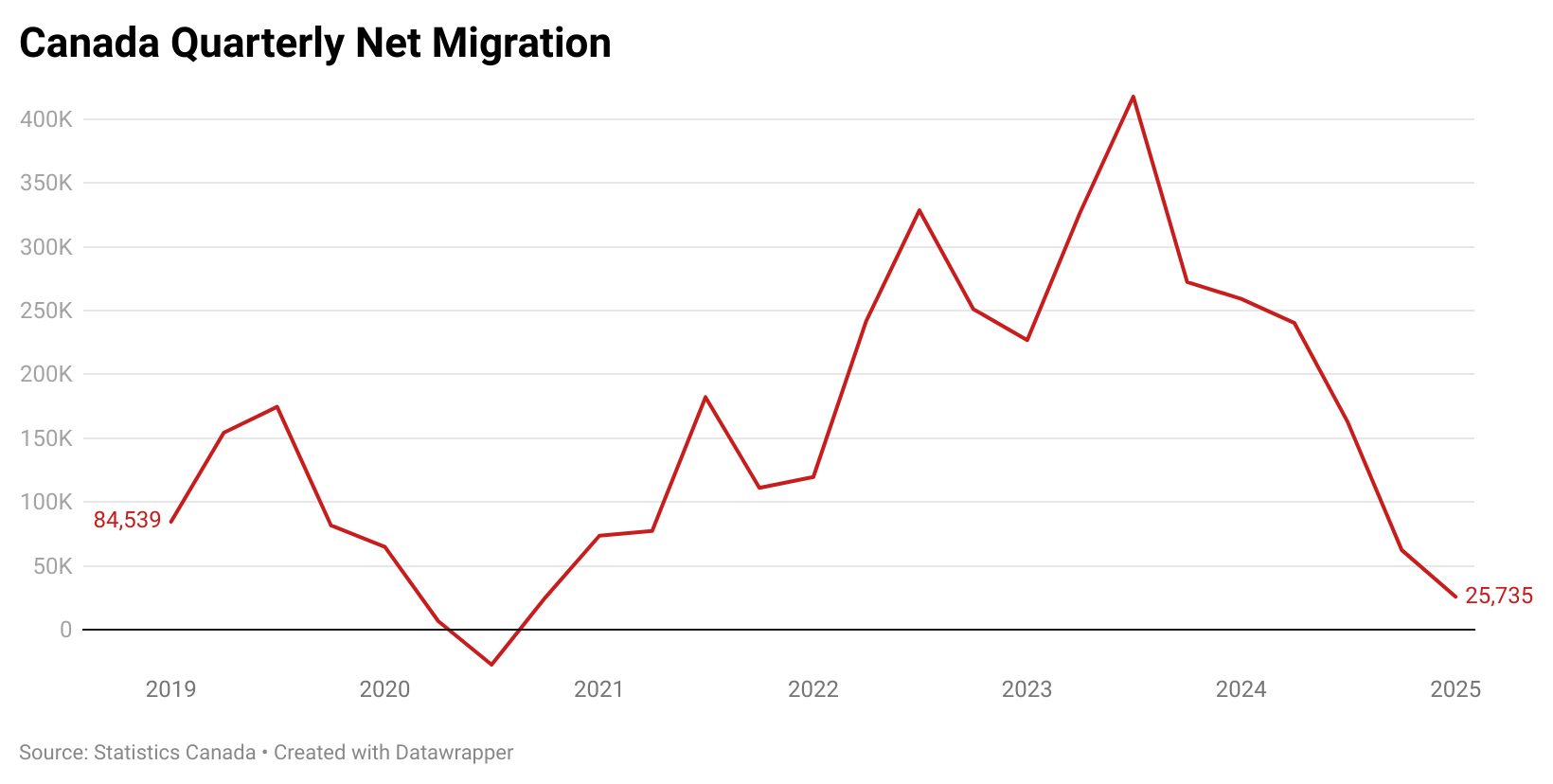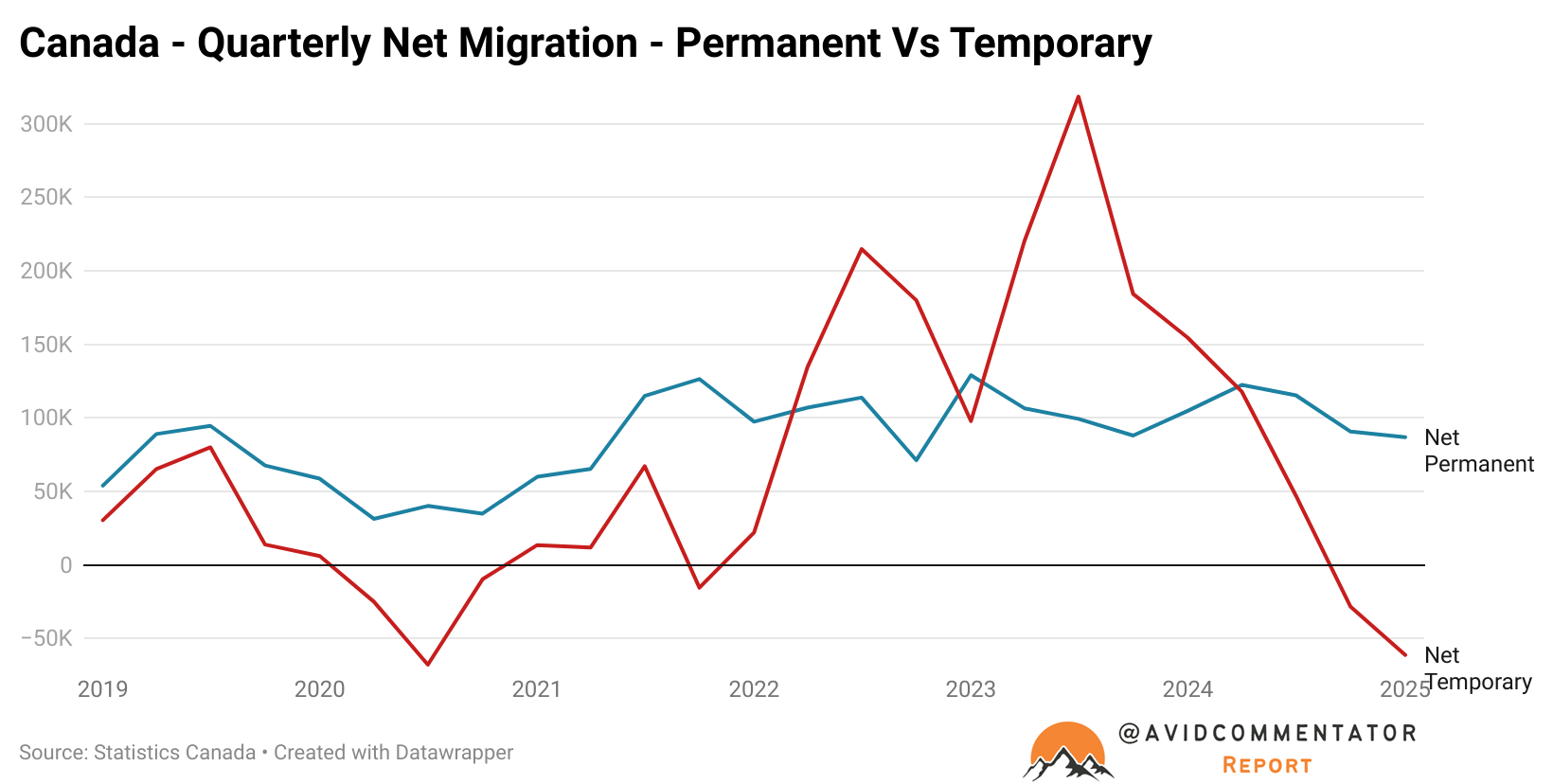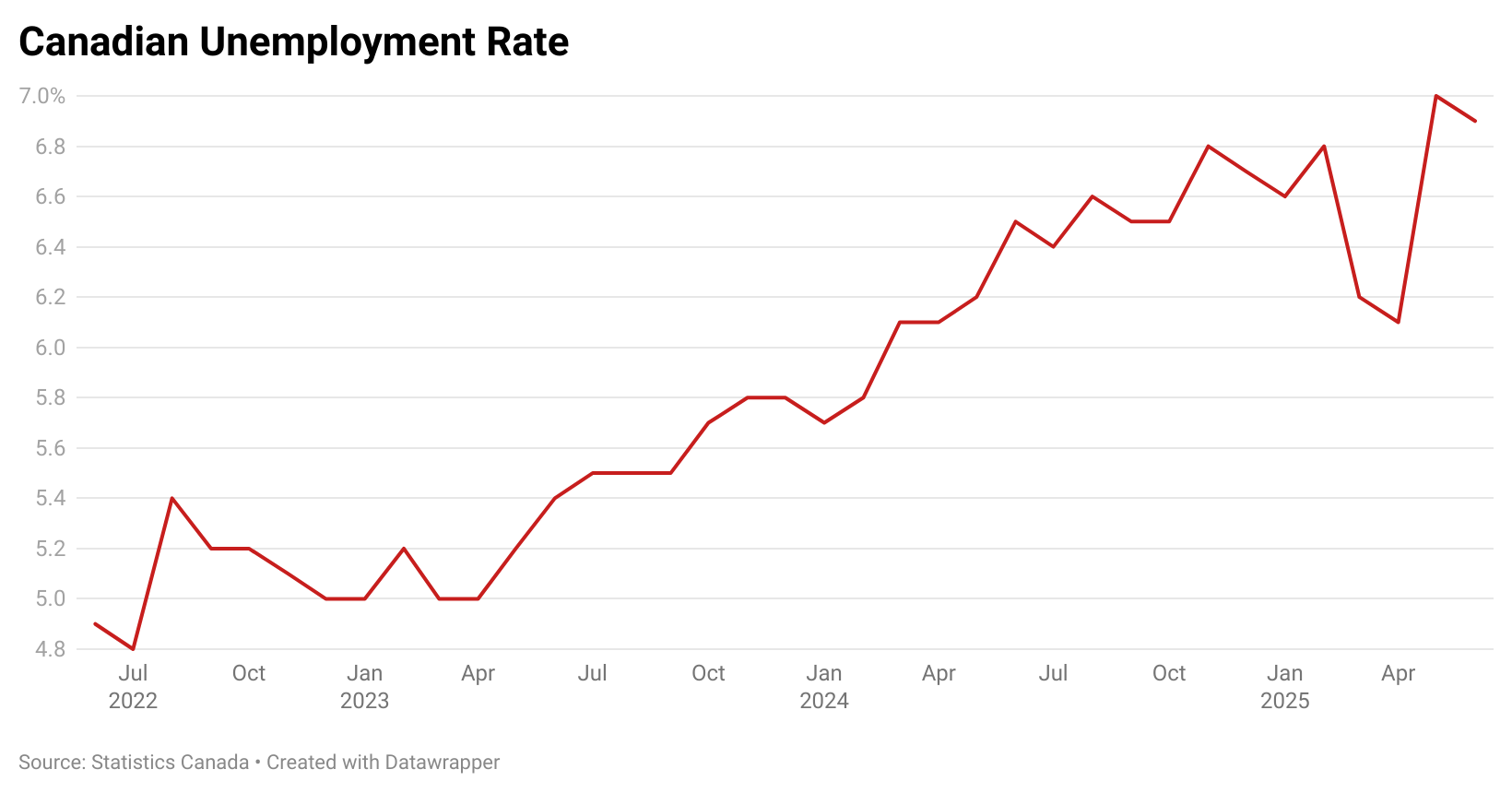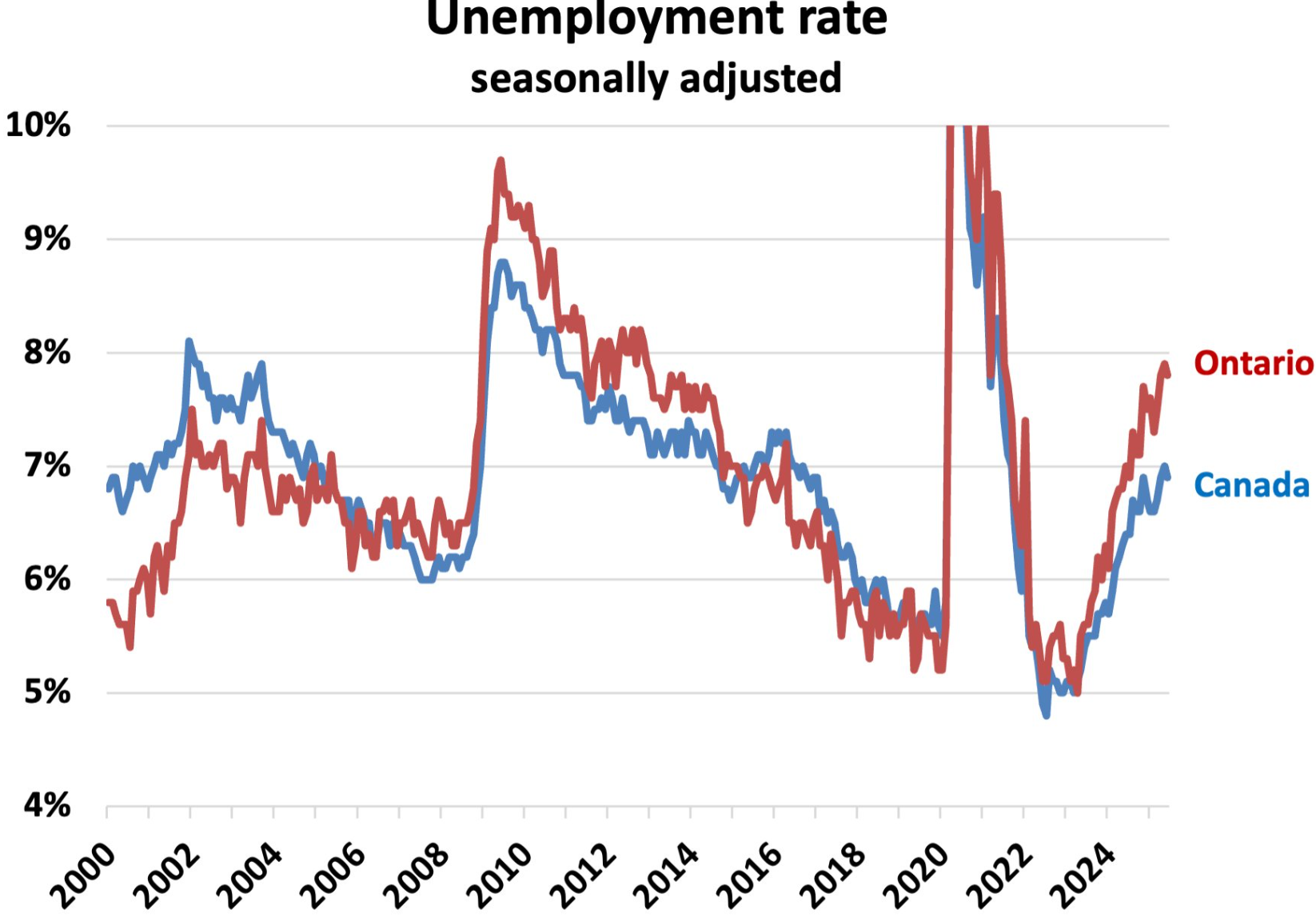In the years since the pandemic, Canada has run one of the largest migration programs in the world in per capita terms, with its level of population growth rising to almost 3% in 2024, according to figures from the World Bank.
This left Canada ranked 11th in the world for population growth, sandwiched between Angola and the Central African Republic.
Then, in November 2024, Canadian Prime Minister Justin Trudeau admitted his nation had pursued the wrong path on immigration.
In a video address posted to YouTube, Trudeau said his government had “made some mistakes” on immigration and outlined a plan to dramatically reduce Canada’s net intake over the next 3 years.
“In the last two years, our population has grown really fast, like baby boom fast.”
“So we’re doing something major. We’re reducing the numbers of immigrants that will come to Canada for the next three years.”
“Bad actors, like fake colleges and big chain corporations, have been exploiting our immigration system for their own interests.”
Despite promises to cut migration being made across the Anglosphere for well over a decade, almost universally resulting in completely the opposite outcome in most instances, Trudeau was true to his word.
Canada has since reduced its net migration intake to just 25,700 people per quarter, a tiny fraction of the more than 400,000 net entrants per quarter seen at the peak in 2023 and less than 1/3 of what was the norm for this time of year prior to the pandemic.

The Trudeau government achieved this by reversing flows of temporary migrants into Canada while maintaining the permanent intake in broadly the same ballpark of where it was.

While this shift has been warmly received by a Canadian public that has opposed high migration, including a majority of migrants, other elements of Canadian society have reacted much less positively to the Trudeau government keeping its promise.
Following the conclusion of a meeting of the premiers of Canada’s various provinces and territories, various leaders called for an increase to economic migration levels to meet their labour needs and stated that they would use their constitutional powers to wrestle more control over immigration, including issuing work permits.
Ontario Premier Doug Ford has been particularly vocal on the issue, criticising the federal Immigration Minister and vowing that Ontario would issue its own work permits for migrants into the province.
“We need the Prime Minister to be very, very clear with his minister. She needs to work with the provinces and territories to fix Canada’s immigration system and make it more responsive to economic and market needs,” Ford said.
Looking at the state of the Canadian labour market, it’s challenging to see how this sort of commentary or the push for higher numbers of migrant workers beyond the already normal level of permanent migrants is justified.
Since July 2022, the number of unemployed Canadians has risen by 540,000 to 1.55 million people. The headline unemployment rate surged from 4.8% to 7.0% in May of this year.

Ontario’s unemployment rate is especially high, tracking well above the national average. There is clearly no shortage of labour.

Source: Ben Rabidoux
Meanwhile, there continues to be high levels of uncertainty about how trade tensions with Canada’s largest trading partner, the United States, will be resolved and what impact that could have on the Canadian economy if the various tariffs remain at proposed levels.
We increasingly find ourselves in an Anglosphere world whereby high migration doesn’t make sense from a social or economic perspective, yet it is pursued by policymakers anyway, despite serious employment risks for workers and rising unemployment.

